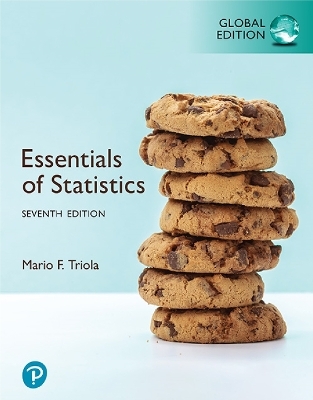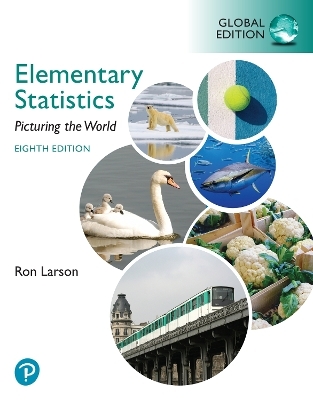
Stats: Data and Models, Global Edition -- MyLab Statistics with Pearson eText
Pearson Education Limited (Hersteller)
9781292362267 (ISBN)
I: EXPLORING AND UNDERSTANDING DATA
1. Stats Starts Here
2. Displaying and Describing Data
3. Relationships Between Categorical Variables–Contingency Tables
4. Understanding and Comparing Distributions
5. The Standard Deviation as a Ruler and the Normal Model
II. EXPLORING RELATIONSHIPS BETWEEN VARIABLES
6. Scatterplots, Association, and Correlation
7. Linear Regression
8. Regression Wisdom
9. Multiple Regression
III. GATHERING DATA
10. Sample Surveys
11. Experiments and Observational Studies
IV. RANDOMNESS AND PROBABILITY
12. From Randomness to Probability
13.Probability Rules!
14. Random Variables
15. Probability Models
V. INFERENCE FOR ONE PARAMETER
16. Sampling Distribution Models and Confidence Intervals for Proportions
17. Confidence Intervals for Means
18. Testing Hypotheses
19. More About Tests and Intervals
VI. INFERENCE FOR RELATIONSHIPS
20. Comparing Groups
21. Paired Samples and Blocks
22. Comparing Counts
23. Inferences for Regression
VII. INFERENCE WHEN VARIABLES ARE RELATED
24. Multiple Regression Wisdom
25. Analysis of Variance
26. Multifactor Analysis of Variance
27. Statistics and Data Science
| Erscheint lt. Verlag | 20.9.2021 |
|---|---|
| Verlagsort | Harlow |
| Sprache | englisch |
| Maße | 126 x 165 mm |
| Gewicht | 9 g |
| Themenwelt | Mathematik / Informatik ► Mathematik ► Statistik |
| ISBN-13 | 9781292362267 / 9781292362267 |
| Zustand | Neuware |
| Informationen gemäß Produktsicherheitsverordnung (GPSR) | |
| Haben Sie eine Frage zum Produkt? |
aus dem Bereich

